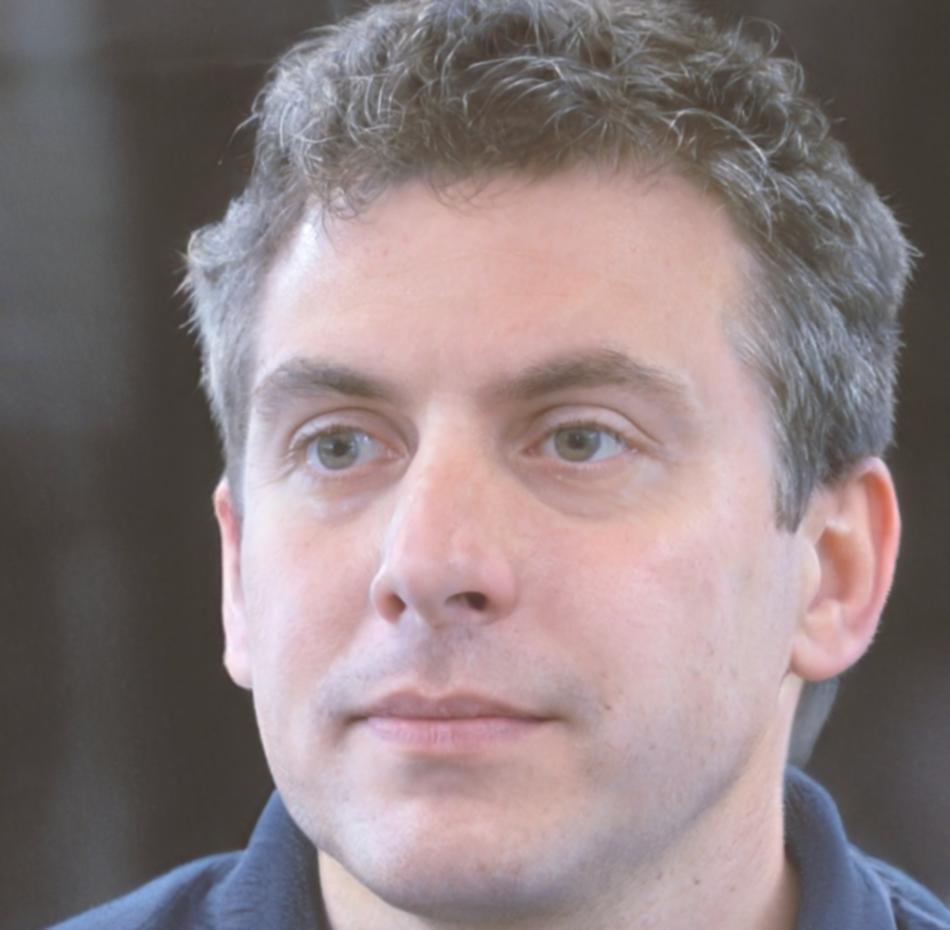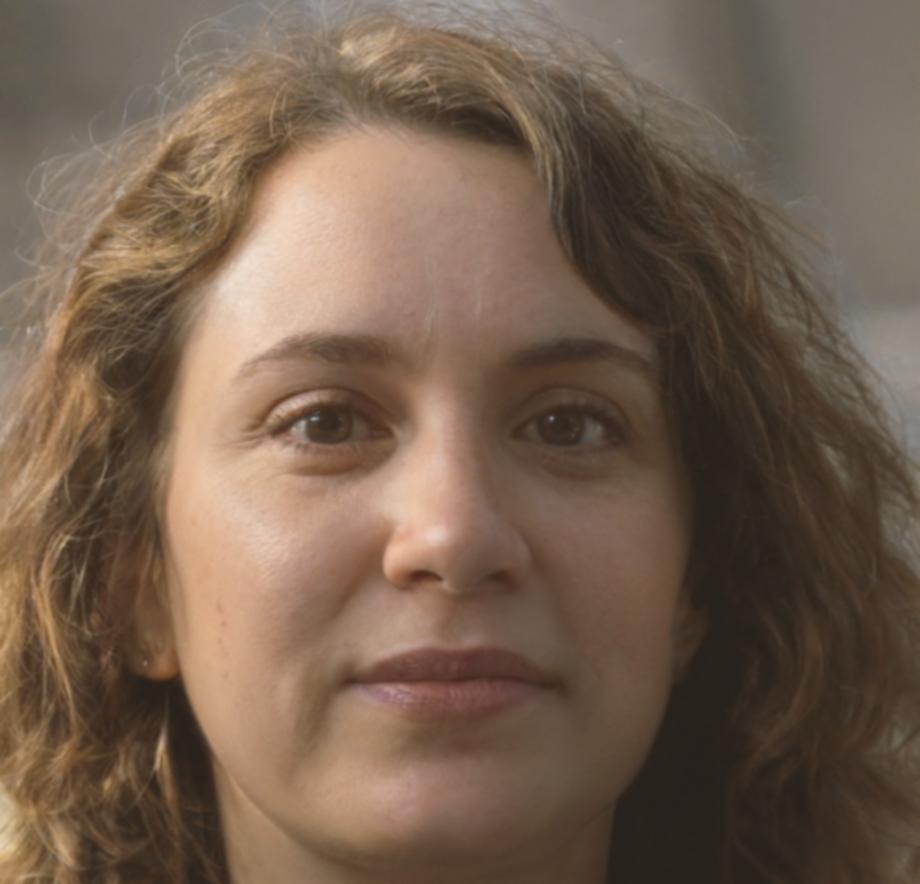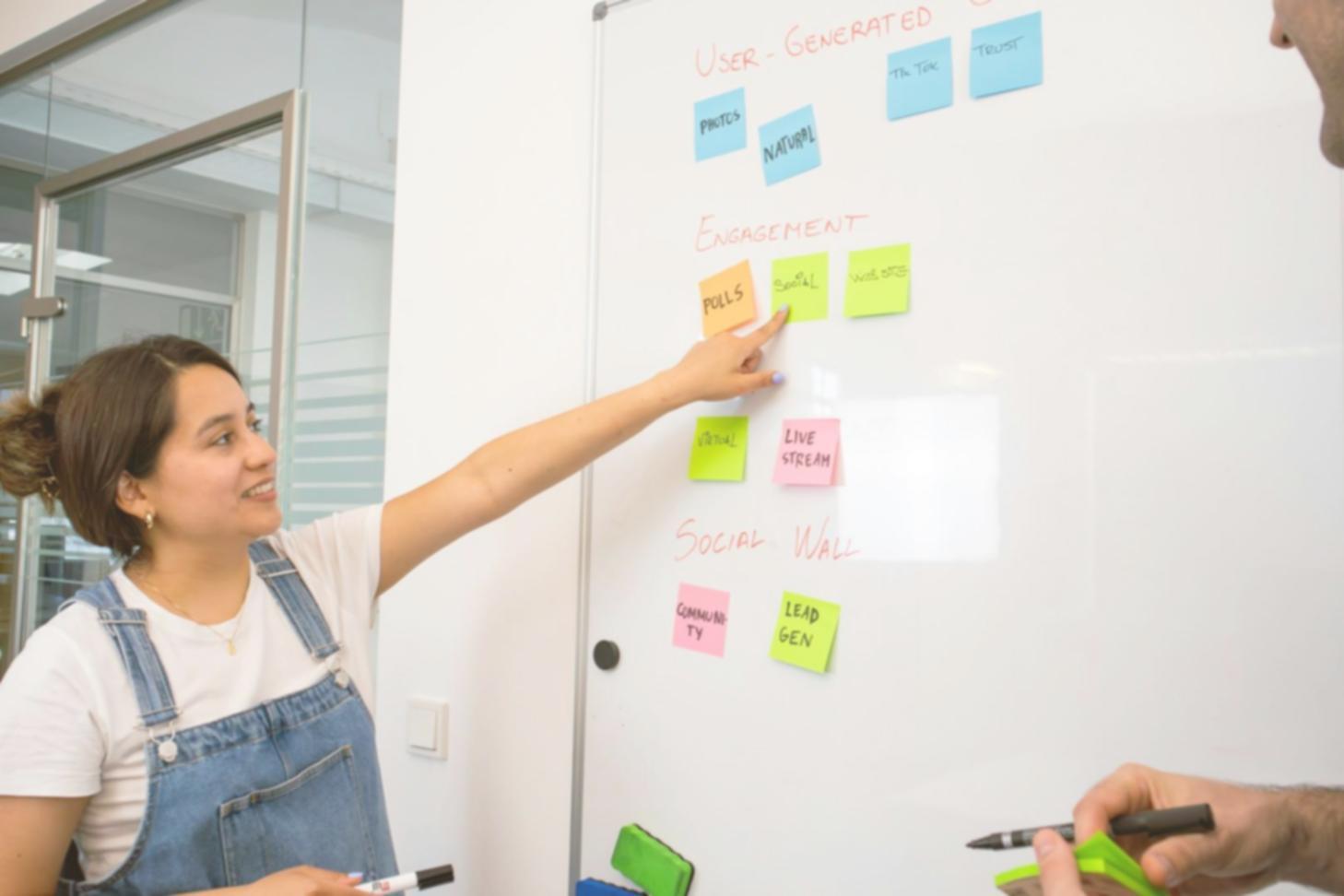Where We're Based
Our training space is in Songshan District, about eight minutes from Nanjing Fuxing MRT station. We picked this location because it's accessible for professionals coming from different parts of Taipei without requiring a cross-city commute after work hours.
Most of our programs run during autumn 2025 and early 2026. We schedule sessions either on weekend mornings or weekday evenings to work around typical analyst schedules. The next cohort starts in September 2025.
- Address: B1, No. 51, Section 4, Nanjing E Rd, Songshan District, Taipei City 105
- Phone: +886983240609
- Email: [email protected]






